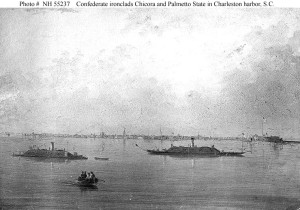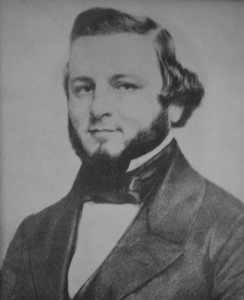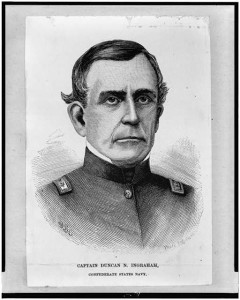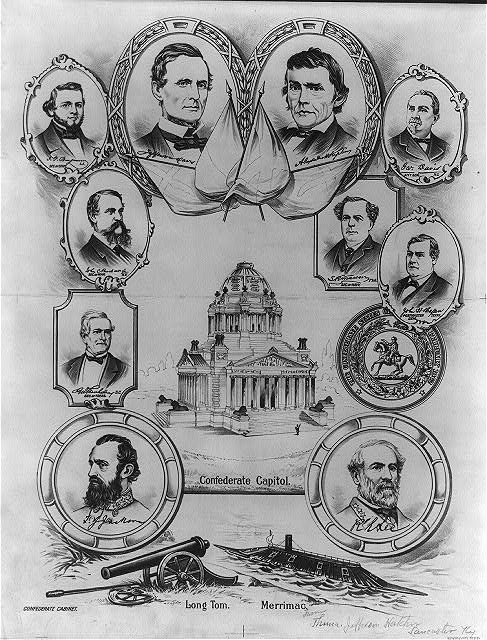
Confederate ironclads Chicora and Palmetto State (with spar torpedo) attacked Union blockading ships on January 31, 1863
Civil War Daily Gazette published an excellent account of the naval action off Charleston harbor on January 31, 1863. Two Confederate rams disabled a couple Union blockading ships. The Gazette pointed out that the Confederacy asserted that the action broke the Union blockade; that notion was quickly dispelled by European consuls in Charleston.
Here we can see that Confederate Secretary of State Judah Benjamin wasted no time claiming that the blockade was broken in his circular (published in the Richmond press 150 years ago this week). Along with Charleston and Mobile, Wilmington was one of the three southern ports effected the least by the blockade.
From the Richmond Daily Dispatch February 11, 1863:
Secretary Benjamin’s circular on the raising of the Charleston blockade.
The following is a copy of the circular addressed by Secretary Benjamin to the foreign Consuls in the Confederacy:
[Circular.]
Department of State, Richmond, January 31st, 1863.
Monsigur Bettancourt, Consular Agent of France, at Wilmington, N. C.
Sir:
I am instructed by the President of the Confederate States of America to inform you that this Government has received an official dispatch from Flag-Officer Ingraham, commanding the naval forces of the Confederacy on the coast of South Carolina, stating that the blockade of the harbor of Charleston has been broken by the complete dispersion and disappearance of the blockading squadron, in consequence of a successful attack made on it by the iron-clad steamers commanded by Flag-Officer Ingraham. During this attack one or more of the blockading vessels were sunk or burnt.
As you are doubtless aware that, by the law of nations a blockade when thus broken by superior force ceases to exist and cannot be subsequently enforced unless established de novo, with adequate forces and after due notice to neutral powers, it has been deemed proper to give you the information herein contained for the guidance of such vessels of your nation as may choose to carry on commerce with the now open port of Charleston.
Respectfully, your ob’t serv’t,
J. P. Benjamin, Sec’y of State.
You can read a biography of Judah Philip Benjamin at the Jewish Virtual Library. During this Civil War sesquicentennial we’ve noticed that Mr. Benjamin always seemed to be smiling in photographs. Stephen Vincent Benét observed the same phenomenon in 1928’s John Brown’s Body:
Looked round the council-chamber with the slight
Perpetual smile he held before himself
continually like a silk-ribbed fan.
The following image was published in the February 21, 1863 issue of Harper’s Weekly. You can view the picture and read about the battle at Son of the South.




